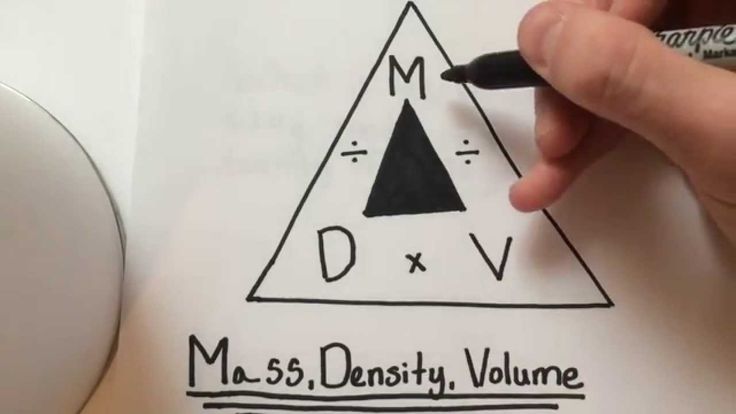Finding Volume from Mass and Density

Understanding the concept of volume, mass, and density is fundamental in various scientific and practical applications, from engineering and chemistry to everyday life. Volume refers to the amount of space occupied by an object, while mass represents the quantity of matter in that object. Density, on the other hand, quantifies how much mass is present in a given volume. Often, there arises a need to calculate the volume of an object when its mass and density are known, a process that involves a straightforward yet essential formula.
The formula linking mass, density, and volume is a fundamental principle in physics:
Density=MassVolume
Rearranging this equation allows us to solve for volume:
Volume=MassDensity
This relationship between mass, density, and volume provides a simple and effective way to determine the volume of an object when its mass and density are provided.
Step-by-Step Calculation:
- Understand the Given Data:
- Mass (m): This is the amount of matter an object possesses, usually measured in kilograms (kg) or grams (g).
- Density (ρ): Denoted by the Greek letter rho (ρ), density is the mass per unit volume. It’s commonly expressed in kilograms per cubic meter (kg/m³) or grams per cubic centimeter (g/cm³).
- Use the Formula:
- The formula Volume=MassDensity serves as the basis for calculating the volume.
- Perform the Calculation:
- Insert the given values of mass and density into the formula to find the volume. Ensure that the units used for mass and density are compatible to obtain the volume in the correct units.
Real-Life Application:
This formula finds numerous applications across various fields:
- Architectural Design and Construction: Determining the volume of building materials, such as concrete or steel, using their known mass and density.
- Chemistry and Material Science: Calculating the volume of a substance to understand its physical properties or to ensure correct dosages in pharmaceuticals.
- Environmental Sciences: Estimating the volume of pollutants in a given mass to understand their dispersion and impact.
Considerations:
- Consistency in Units: Ensure uniform units of measurement (e.g., kg/m³ or g/cm³) for mass and density to obtain the volume in a consistent unit (m³ or cm³).
- Accuracy of Data: Precision in measurements directly affects the accuracy of the calculated volume. Always use reliable data to ensure accurate results.
Conclusion:
The ability to calculate volume from mass and density is a fundamental skill that finds application across scientific, industrial, and everyday contexts. By understanding the relationship between these parameters and using the simple formula Volume=MassDensity, individuals can efficiently determine the volume of an object when provided with its mass and density. This process not only aids in problem-solving but also enhances our understanding of the physical properties of various materials and substances.





